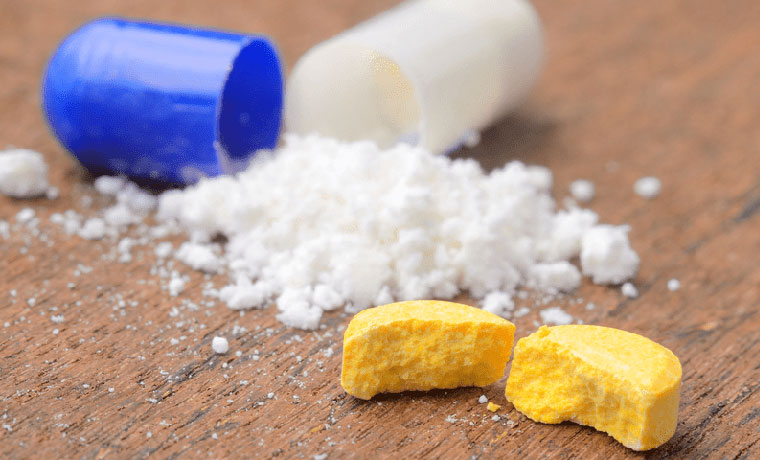
Microcrystalline cellulose (MCC) is a term for refined wood pulp and is used as a texturizer, an anti-caking agent, a fat substitute, an emulsifier, an extender, and a bulking agent in food production. The most common form is used in vitamin supplements or tablets.
| Chemical Test | |
| Appearance | White or off white, coarse or fine, tasteless, odourless hygroscopic powder |
| Solubility | Dispersible in water producing a white, opaque colloidal dispersion, practically insoluble in organic solvents and in dilute acids |
| Identification tests | |
| Test A | A white opaque, dispersion is produced that does not settle on standing |
| Test B | Each drop form a white, opaque globule that does not disperse on standing |
| Test C | No blue or purplish-blue colour is produced |
| Assay & )Not less than 75% and Not more than 125% of the labeled amount of Carboxymethly cellulose sodium calculated on dried basis | 8.3% to 13.8% |
| Sulphated Ash / Residue on ignition (Calculated on dried basis) | Not more than 5.0% |
| Heavy Metal | Not more than 0.001% |
| Apparent viscosity in DM water solution, by Brookfield Viscometer 25°C | The viscosity of solution of 2% or higher concentration is NLT 80.0% and NMT 120.0% of that stated on the label, the viscosity of solution of less than 2% concentration is NLT 75.0% and NMT 140.0% of that stated on the label |
| pH of Solution (1.0% w/v in CO2 free water) | B/w 6.0 to 8.0 |
| Loss on drying (105⁰ C) | Not more than 8.0% |
| Physical test | |
| Sieve analysis (% retention) | Not more than 0.1% 60 Mesh |
| Not more than 45% 325 Mesh | |
| Microbial test | |
| Total Aerobic Microbial Count | Not more than 1000 CFU/g |
| Total yeasts and Mold count | Not more than 100 CFU/g |
| Escherichia coli & Salmonella | Should be absent |
| Staphylocaccus aureus | Should be absent |
| Pseudomonus aeruginosa | Should be absent |